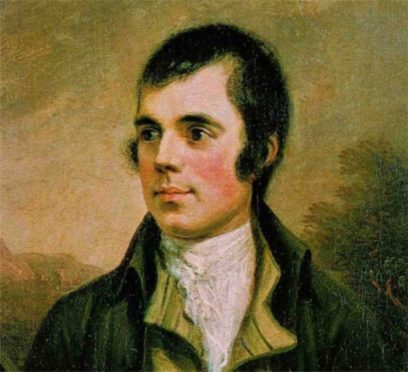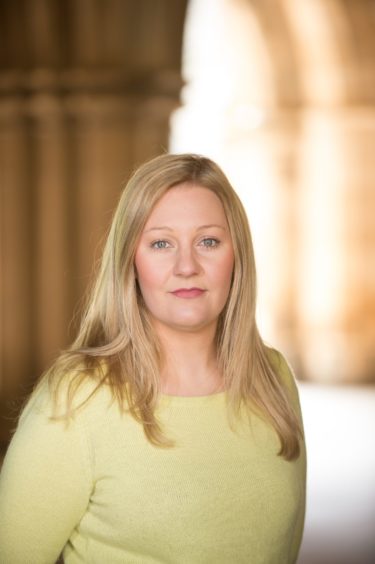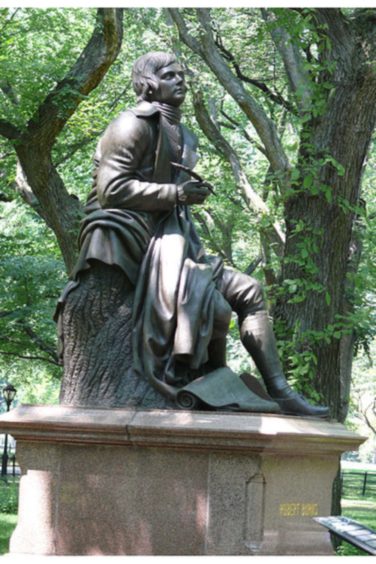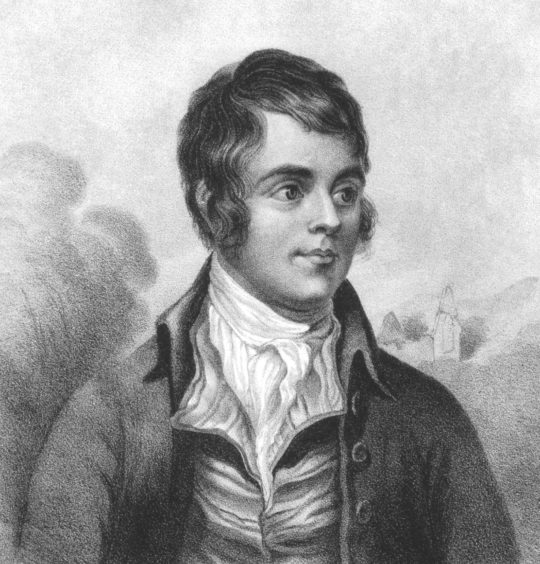It’s Burns Night on Monday, a celebration of the life and poetry of Robert Burns but, according to Pauline Mackay, a leading authority on Burns, we should be enjoying the Bard of Aryshire’s work all year round.
Her new book, Burns for Every Day of the Year, offers a glimpse into the Bard’s life and works: his poetry, song and prose, including the classics we all know and love, private letters and lesser-known extracts which offer an intriguing insight into Robert Burns’s views on politics, love, religion and society.
“I enjoyed Robert Burns’s poetry from a young age,” reveals Pauline, a lecturer in Robert Burns Studies at the University of Glasgow.
“On first encountering the bard, I just loved the way he used language. When I was studying Scottish literature at the University of Glasgow, I realised that I wanted to carry out further research on Burns,” she continues.
Eager to make an original contribution to scholarship on the Scottish National Bard, she began looking into Burns’s writings that had been suppressed, or censored, in the 18th, 19th and even into the 20th Centuries.
“This led me to write my PhD thesis on Burns’s bawdy, sexually-explicit writing, much of which was first printed in The Merry Muses of Caledonia, 1799,” she says.
“This research, combined with work on major projects such as Robert Burns Beyond Text and Editing Robert Burns for the 21st Century only fuelled my fascination and increased my sense that there is so much more to learn about Burns, his life, work and legacy.
“For me, Burns is a topic that will never get tired – there’s always more to discover and new approaches to take.
“Now, as lecturer in Robert Burns Studies, it’s my job to explore these avenues and to embrace ever new ways to view, and to teach, Burns.”
Pauline was keen to produce a book that reflected the diversity of Burns’s writing and the complexity of his character in an accessible way.
“Mapping Burns’s writing on to days of the year seemed a neat way of bringing together his most famous works with lesser known gems, and representing the breadth of his writing through poems, songs, and extracts from his letters and other prose,” she explains.
“I was keen that the book should be a pleasurable and entertaining read, enabling people to enjoy Burns via daily glimpses and through his own words, with a little help and context from myself along the way.
“It’s great to have Burns Night to look forward to in January, after the festivities of Christmas have subsided, and in the midst of what can feel like the longest of seasons – winter,” she says.
“And it’s appropriate that we enjoy Burn’s most famous and universally well-received works as part of the celebration of the Scottish National Bard and perhaps the world’s most commemorated poet. But there is also much to be gained by looking beyond this and embracing the vastness and diversity of Burns’s literature.
“It’s then that we understand why Burns has become so universally celebrated, and why Burns Night, on January 25, has become such a global phenomenon.”
Describing Burns as “a complex, at times contradictory individual, and a literary chameleon”, Pauline continues: “These aspects of his character are reflected in the diversity of his works and have fuelled our ongoing fascination with the bard. Ultimately, there is something in Burns’s writing for everyone,” she says.
Now was the right time for Pauline to work on this project, as she has spent well over a decade building her own knowledge of Burns and his work.
“This was essential in helping me to put together what felt like a complex jigsaw puzzle, comprised of pieces from many hundreds of poems, songs and letters,” she reflects.
“I started with a blank calendar, on to which I mapped key events in Burns’s life, dates of importance related to his contemporaries, important moments in Scottish literature and culture that he addresses in his writing, and modern observances.
“Once I’d assigned all of Burns’s most famous works and some of the more obvious topics to appropriate dates, I built in some ‘thematic pockets’ to offer readers more detail and context around recurring preoccupations in Burns’s writing, and his legacy – love, religion, politics, nature, the seasons and, of course, the Burns Supper,” she continues.
“I then re-read Burns’s correspondence, making notes that led to pleasingly random entries about what Burns was doing, thinking or creating on a corresponding day in the 18th Century.
“It was really enjoyable for me to curate Burns in this way, and like nothing I had done before.”
Ask Pauline for some of her favourite elements of the book and she replies: “That’s a difficult question for me because this collection is essentially composed of my favourite elements of Burns.
“To highlight a few: I enjoyed teasing out some of the complexities surrounding Burns’s views on Jacobitism around the anniversary of the Battle of Culloden in April.
“When I’d finished compiling all of the entries for July, particularly those referring to Burns’s final illness and death, I was struck once again by the tragedy of it all. I actually felt quite emotional when I realised the effect of having Burns’s poetry and letters dealing with the prospect of death presented in close proximity and in a sort of reflection of ‘real time’.
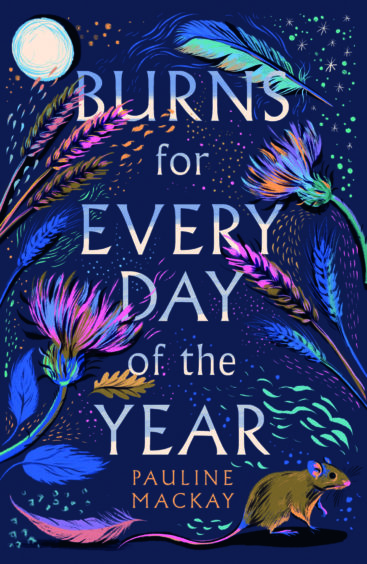
“Finally, I really enjoyed compiling entries for October where Burns’s imagination takes full flight in representations of superstition and the supernatural.”
The book is aimed at anyone with an interest in Robert Burns, literature, or Scottish history and culture, whether they are a novice or an enthusiast and, says Pauline: “What is so wonderful about Burns is how he resists being put in a box. And so, these daily glimpses into his life, his times and his works bring us as close to a fully dimensional view of the Scottish National Bard as we are likely to get.
“Whatever perspective we might take, there’s truly something in Burns for Every Day of the Year for everyone. I hope readers will enjoy that there’s no pressure to learn about Burns in an over-determined way, but that by reading the daily entries, or even dipping in and out, they will indeed discover something fascinating while they simply take pleasure in Burns’s words.”
Like most people, Pauline will celebrate Burns Night 2021 safely at home with her family, “although,” she says, “it will be the first year in a long time that I haven’t attended a live event.
“My husband, two young children and I will put on some tartan, enjoy some of Burns’s poems and songs – my four year old is excellent at Auld Lang Syne – eat the traditional haggis, neeps and tattles, and join in a virtual toast to the bard with a whisky.
“Although people can’t gather together in the traditional way for Burns Suppers, what we are seeing is that a vast number of people worldwide will come together online and on social media to celebrate Burns Night,” she smiles.
“If anything, these circumstances have resulted in even wider and more diverse celebrations.”
For anyone missing their annual performance of Tam o’ Shanter, a popular component of many Burns Suppers, Pauline will deliver the first ever virtual reality Burns lessons on January 30, via Zoom, from a VR Alloway Auld Kirk, on Tam o’ Shanter and material culture. The lessons have been developed in collaboration with Edify – an immersive learning platform whose mission is to deliver ‘learning without limits’.
Burns for Every Day of the Year by Pauline Mackay is published by Black & White, £20.
